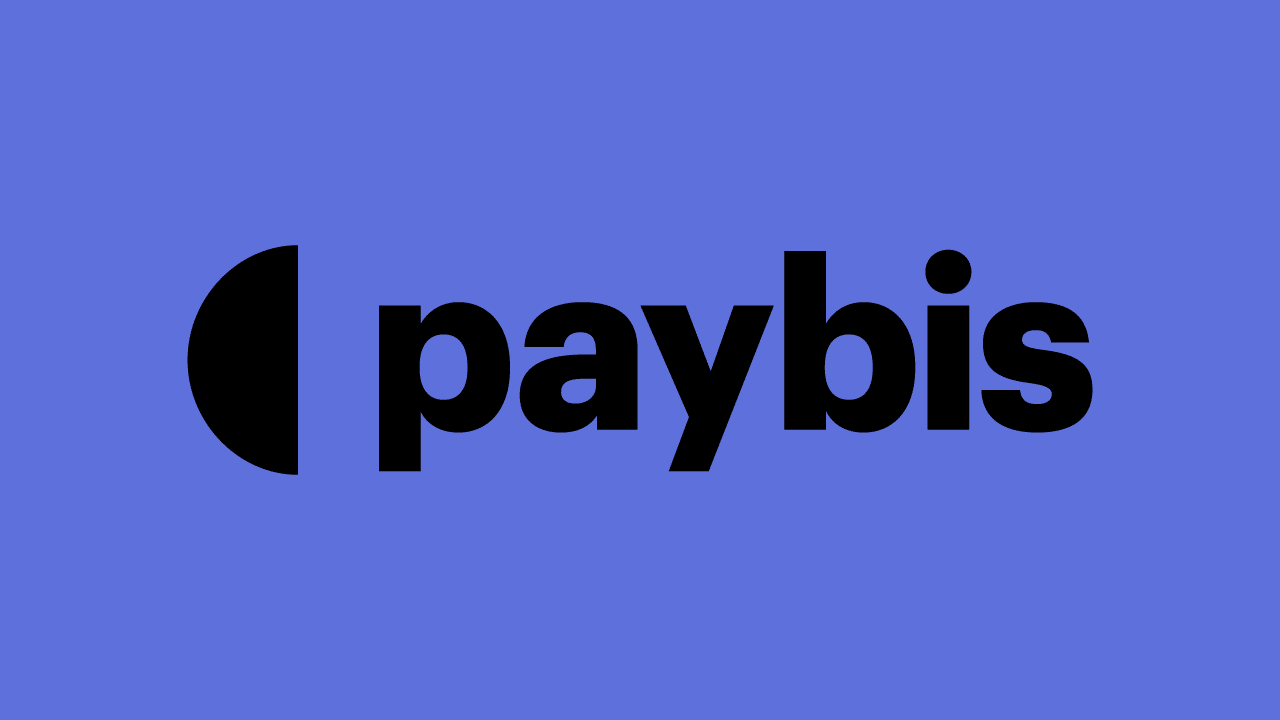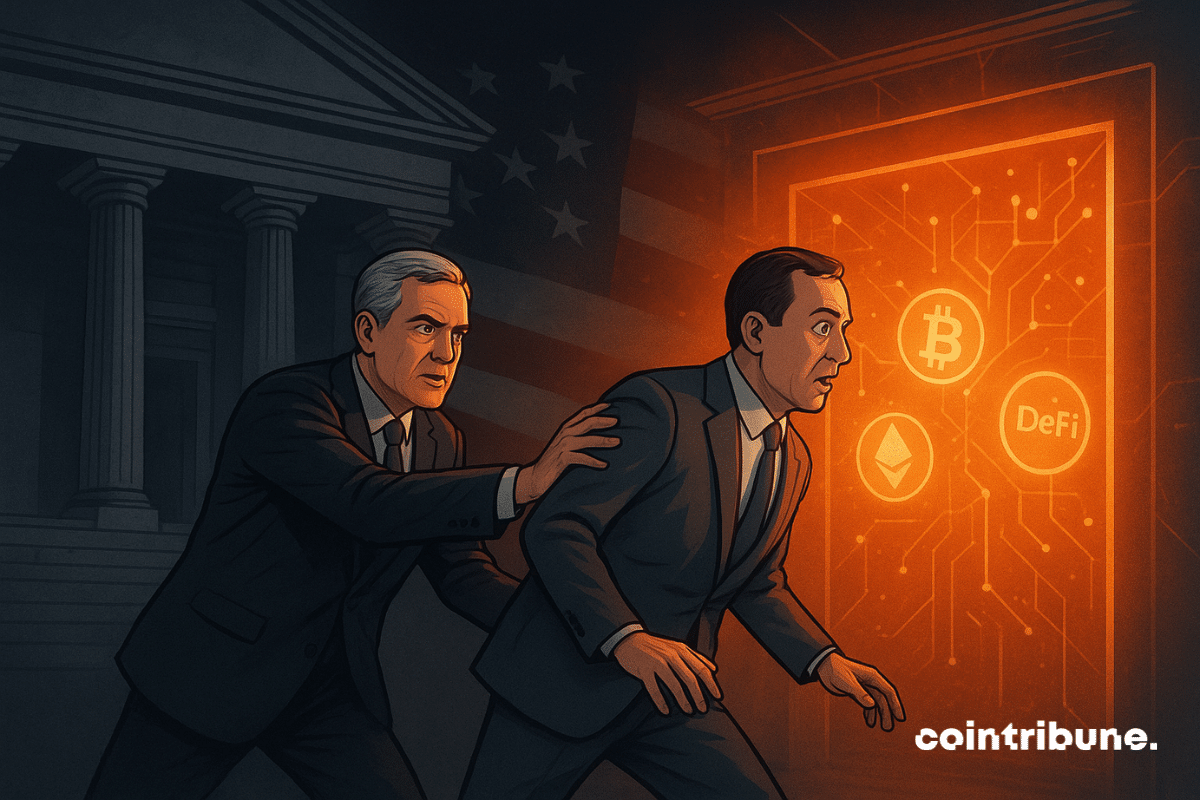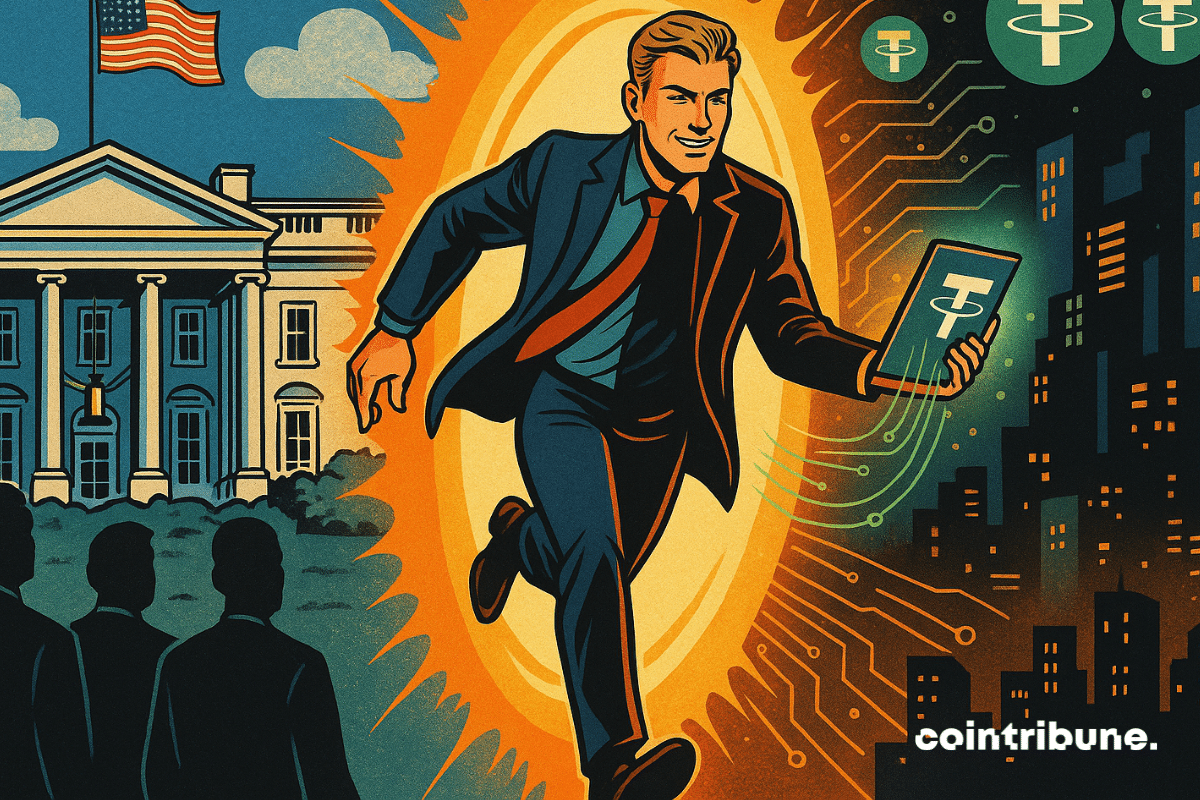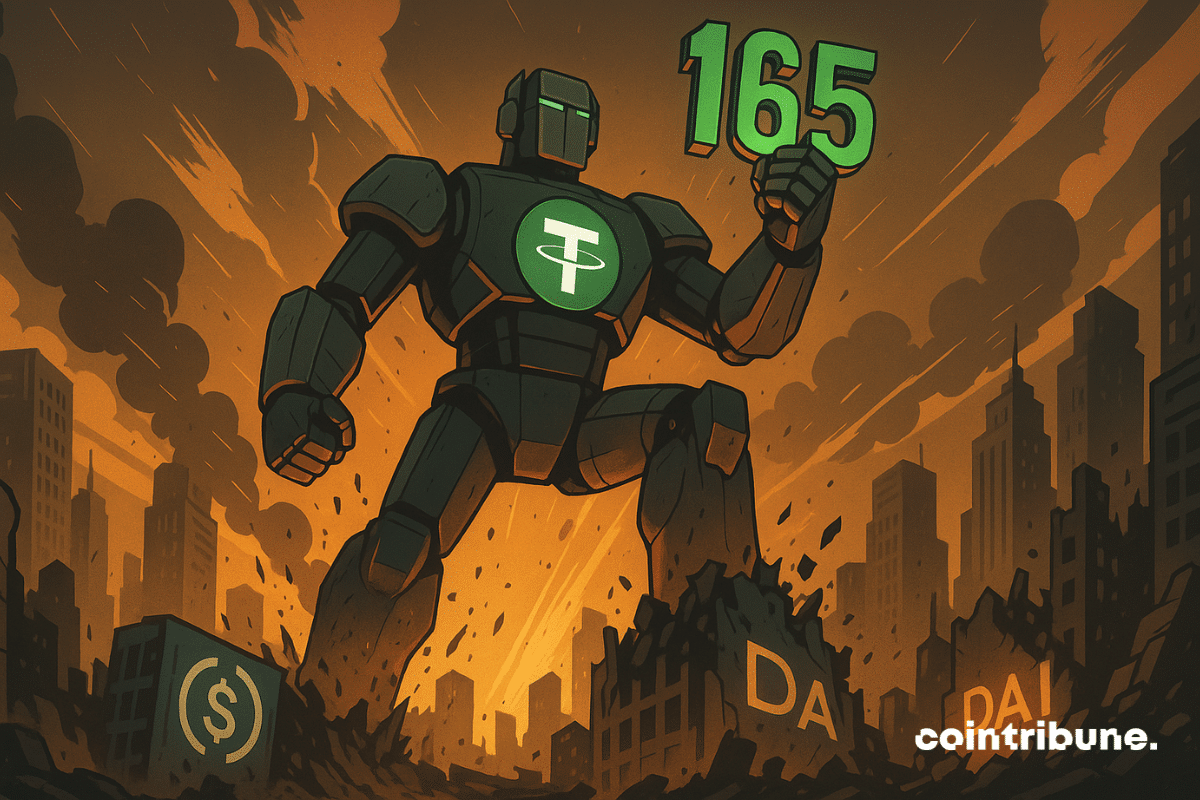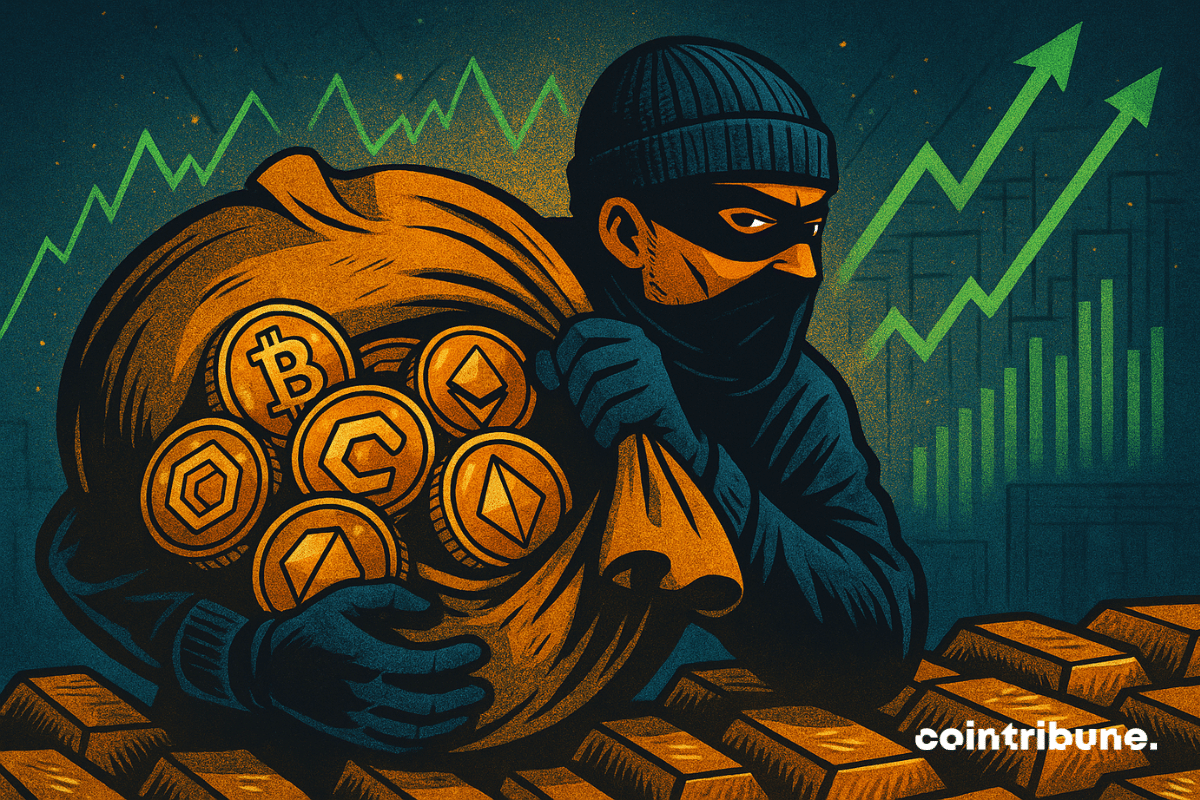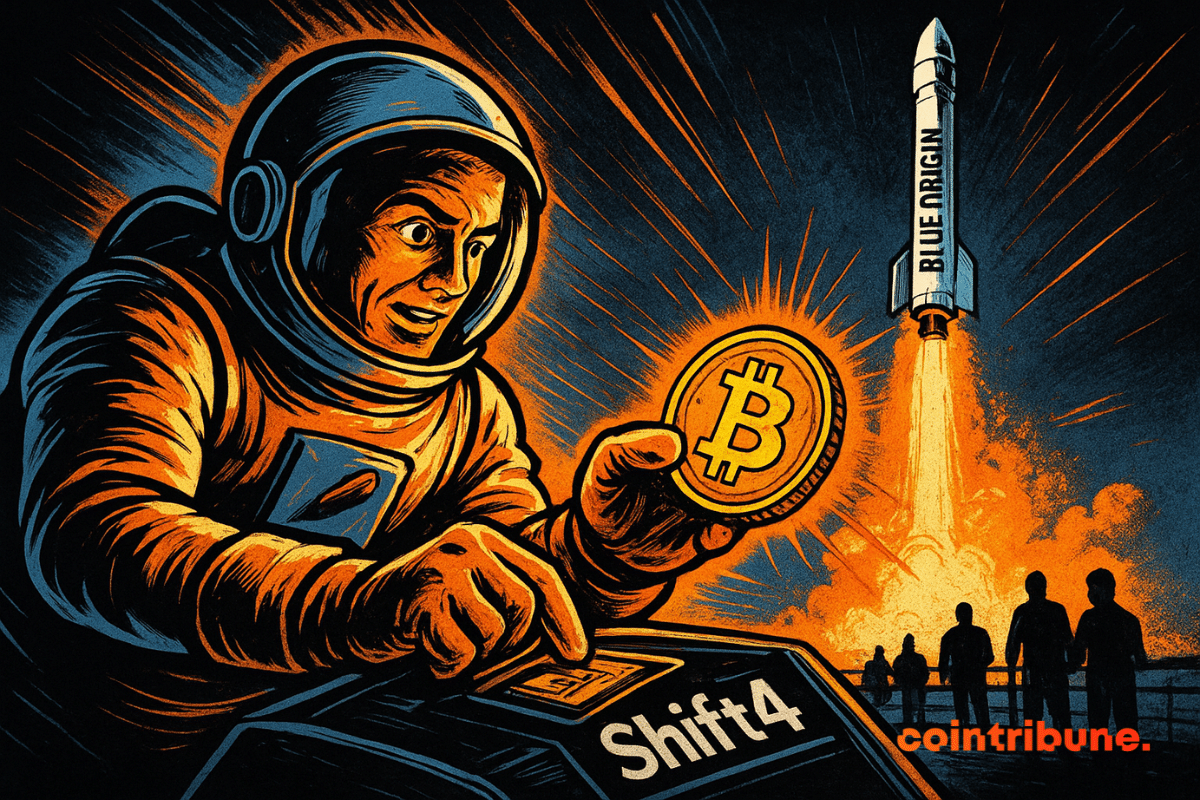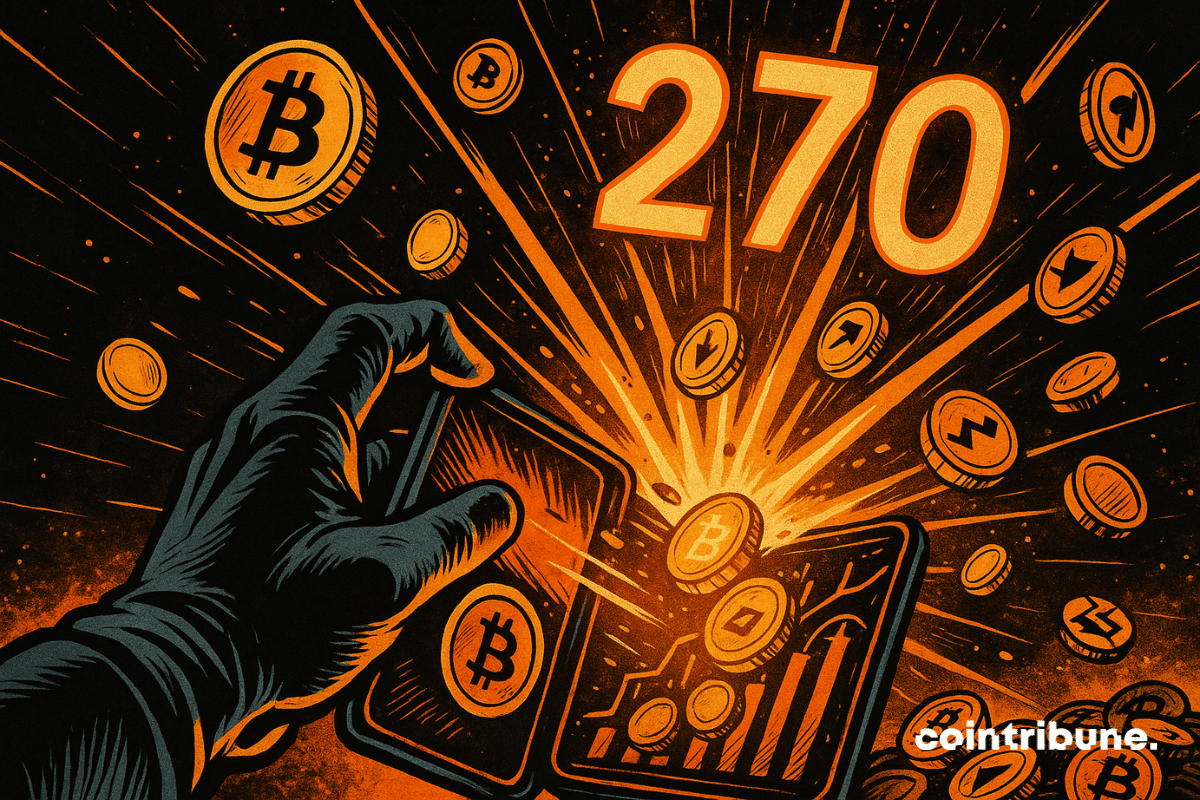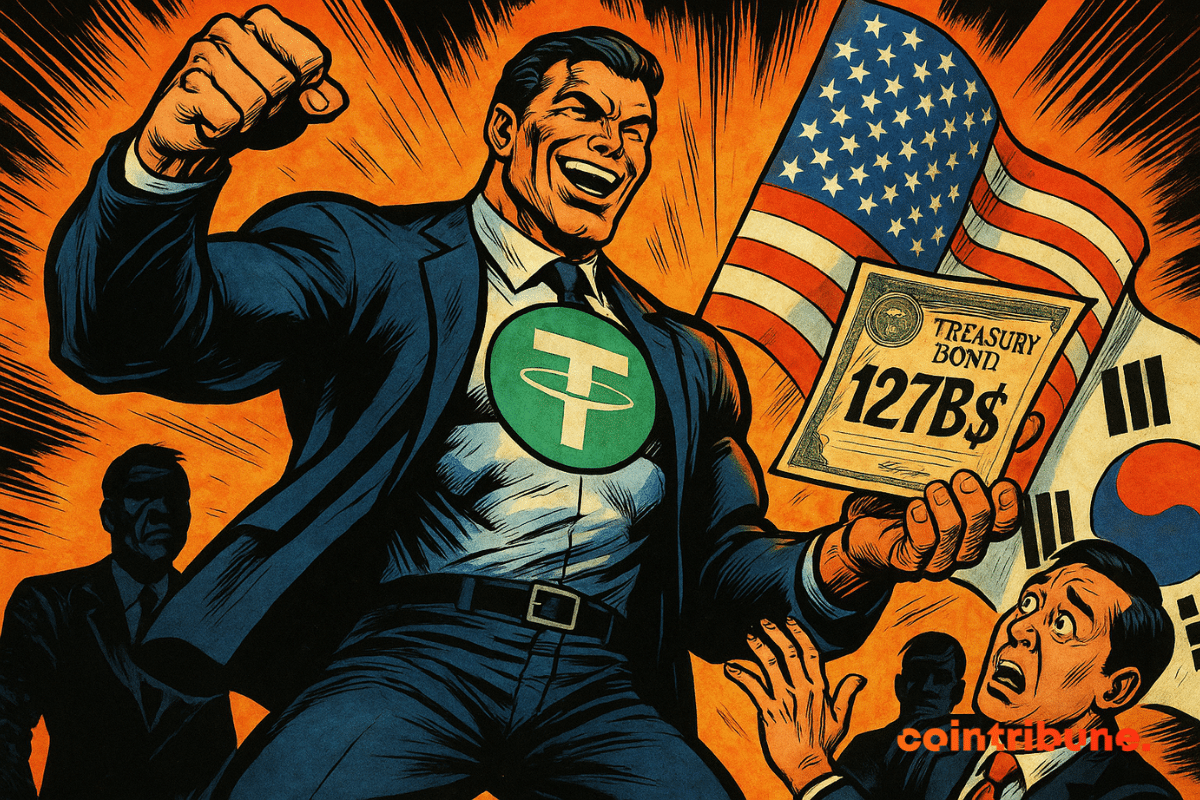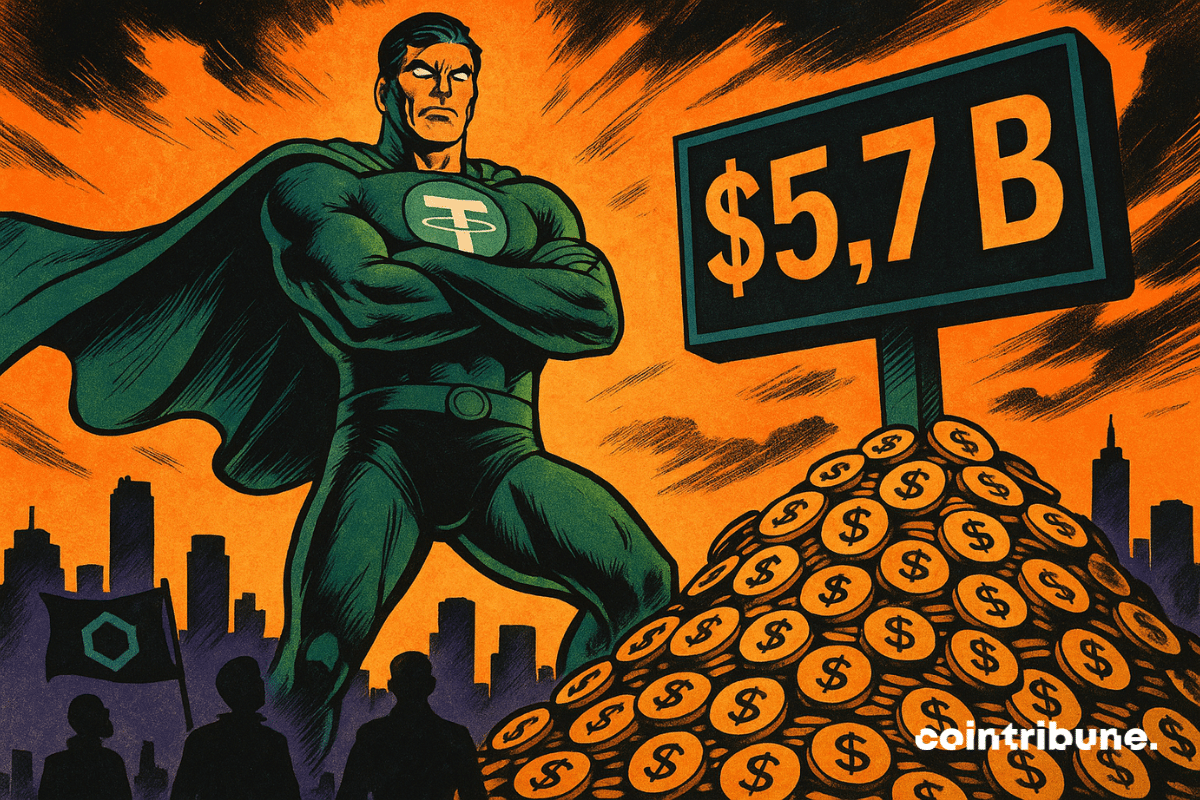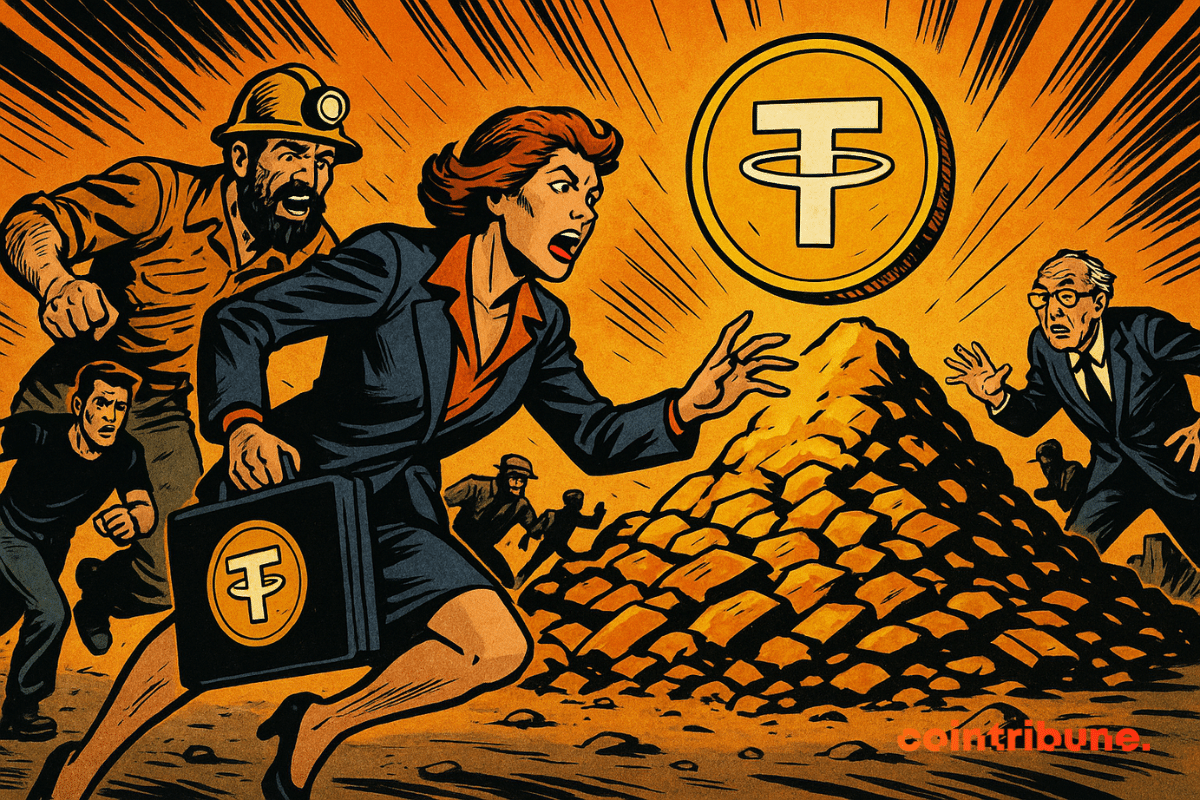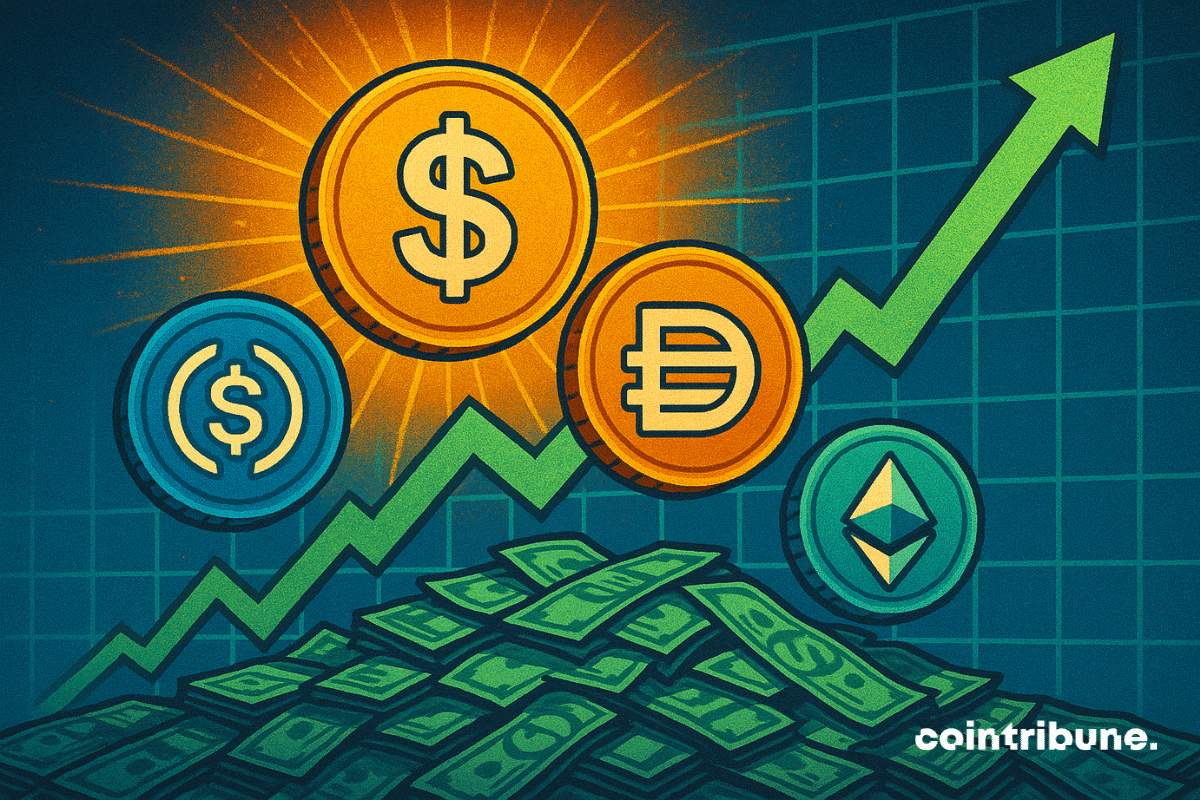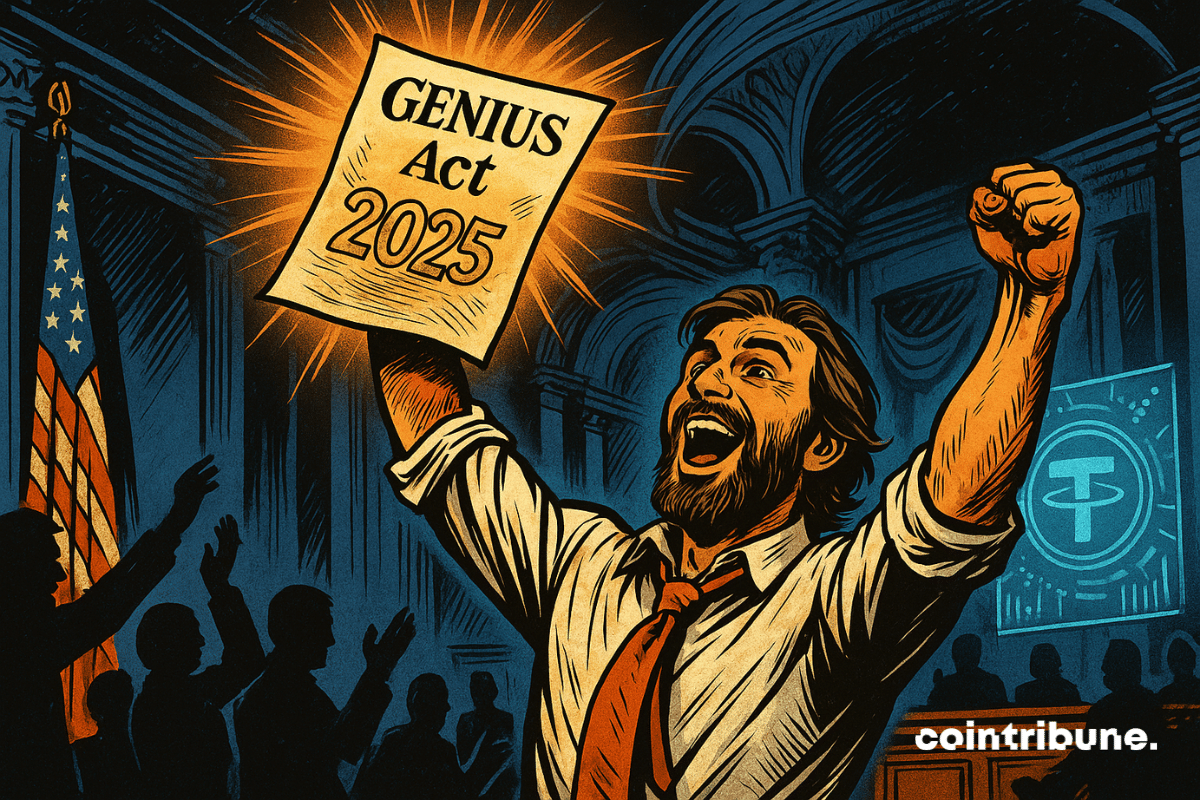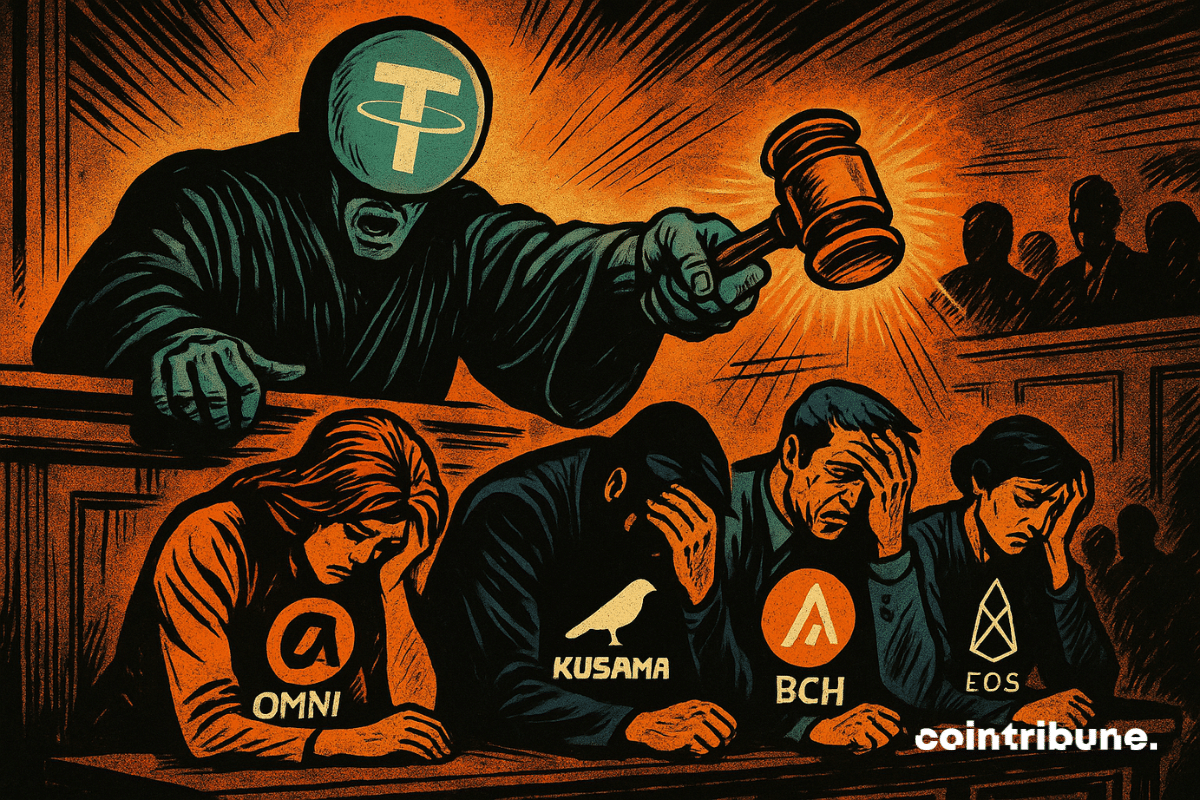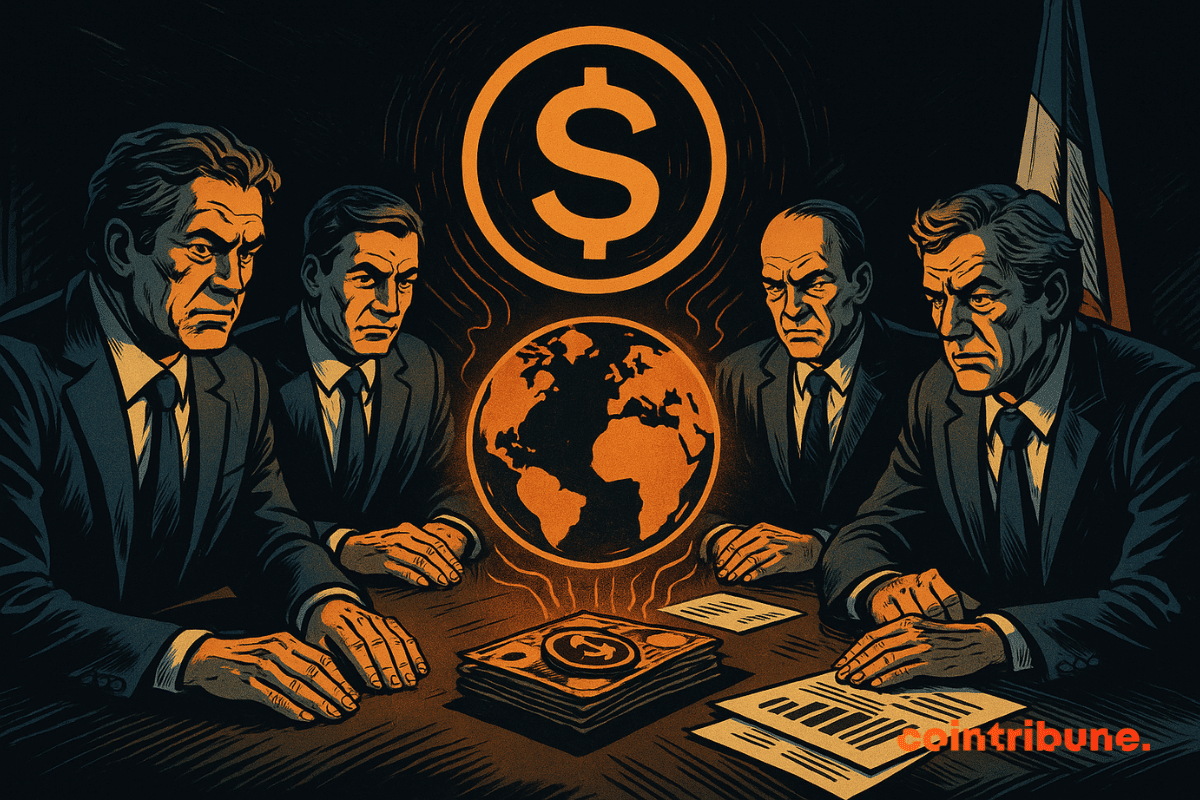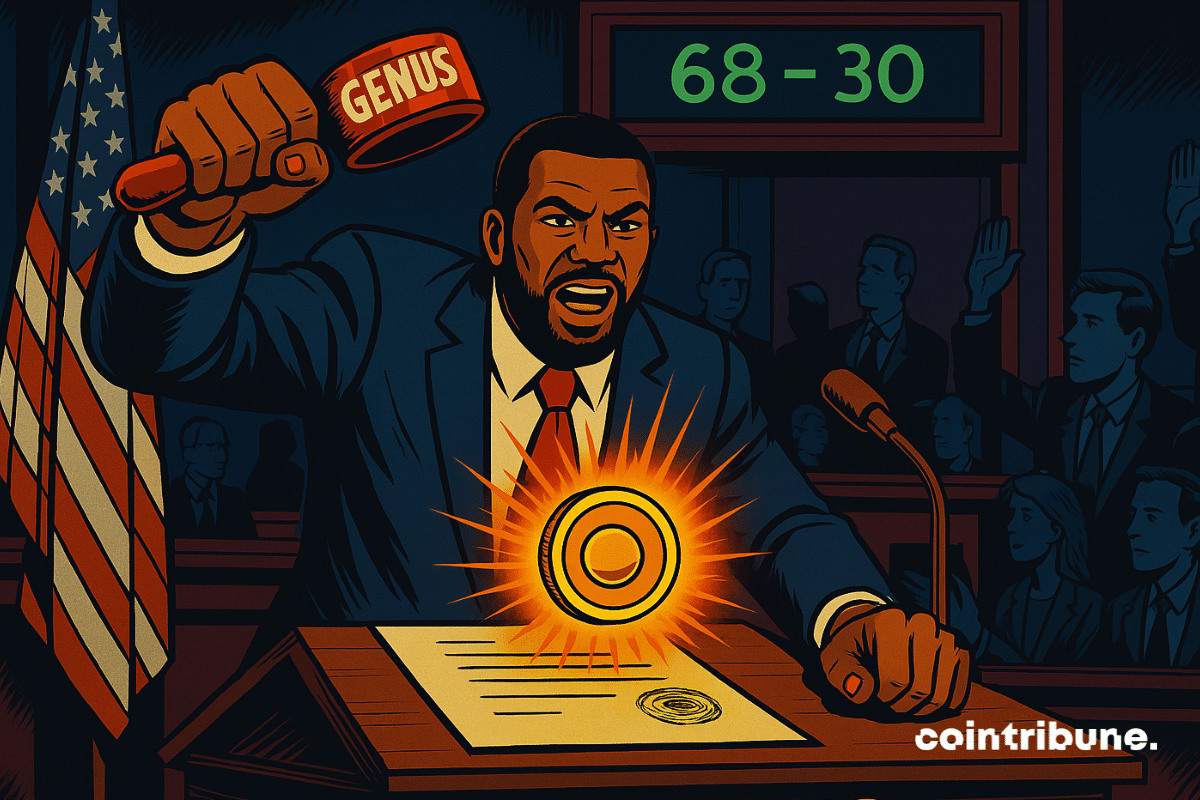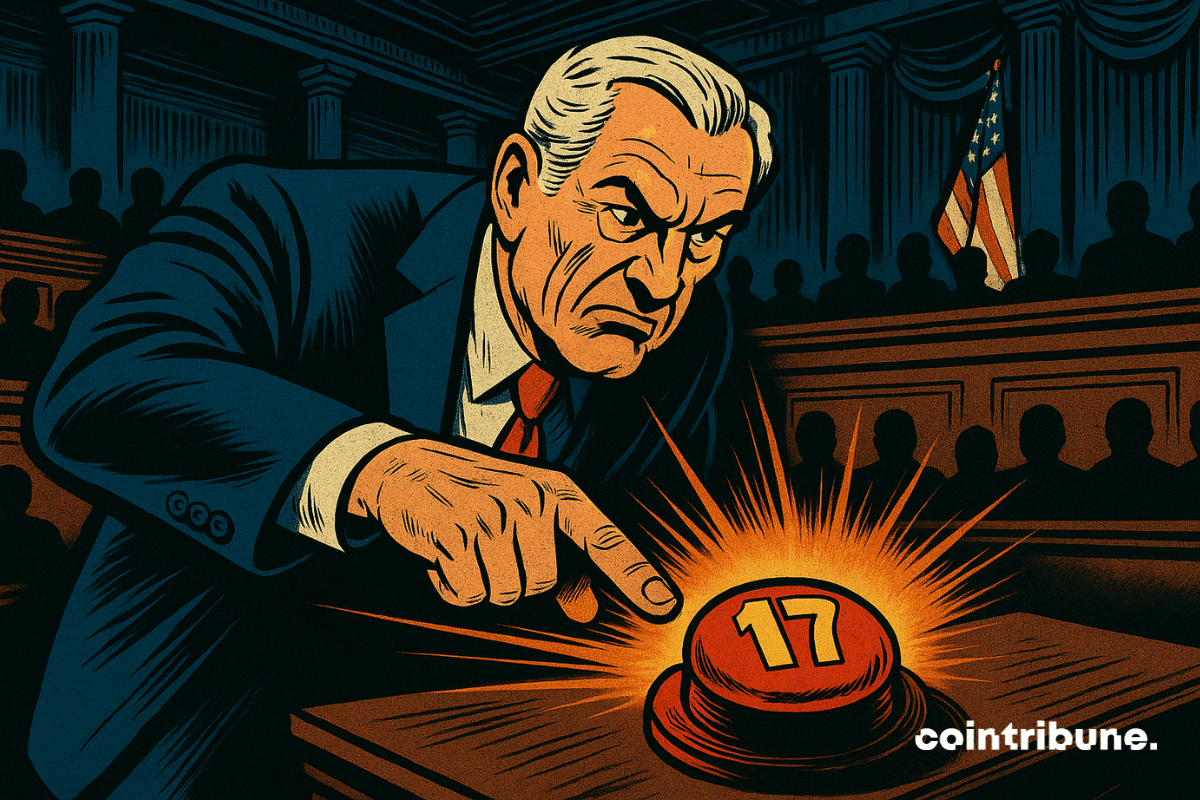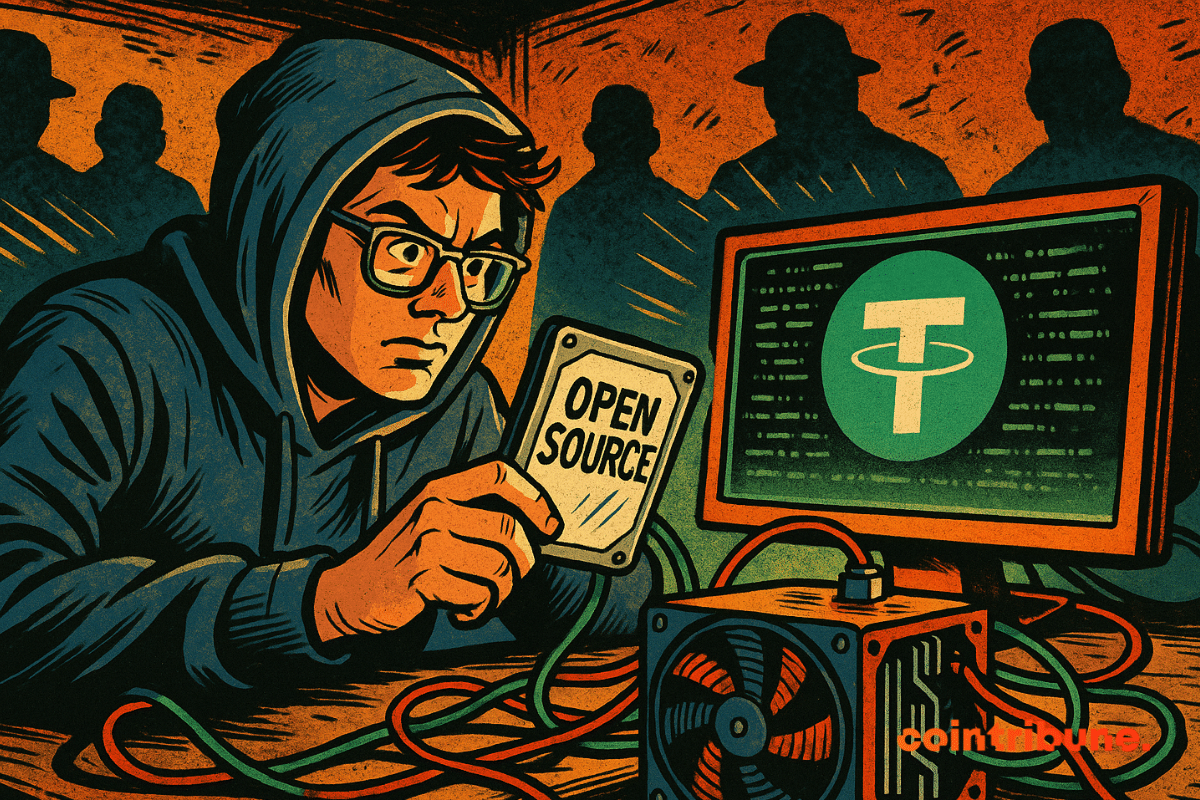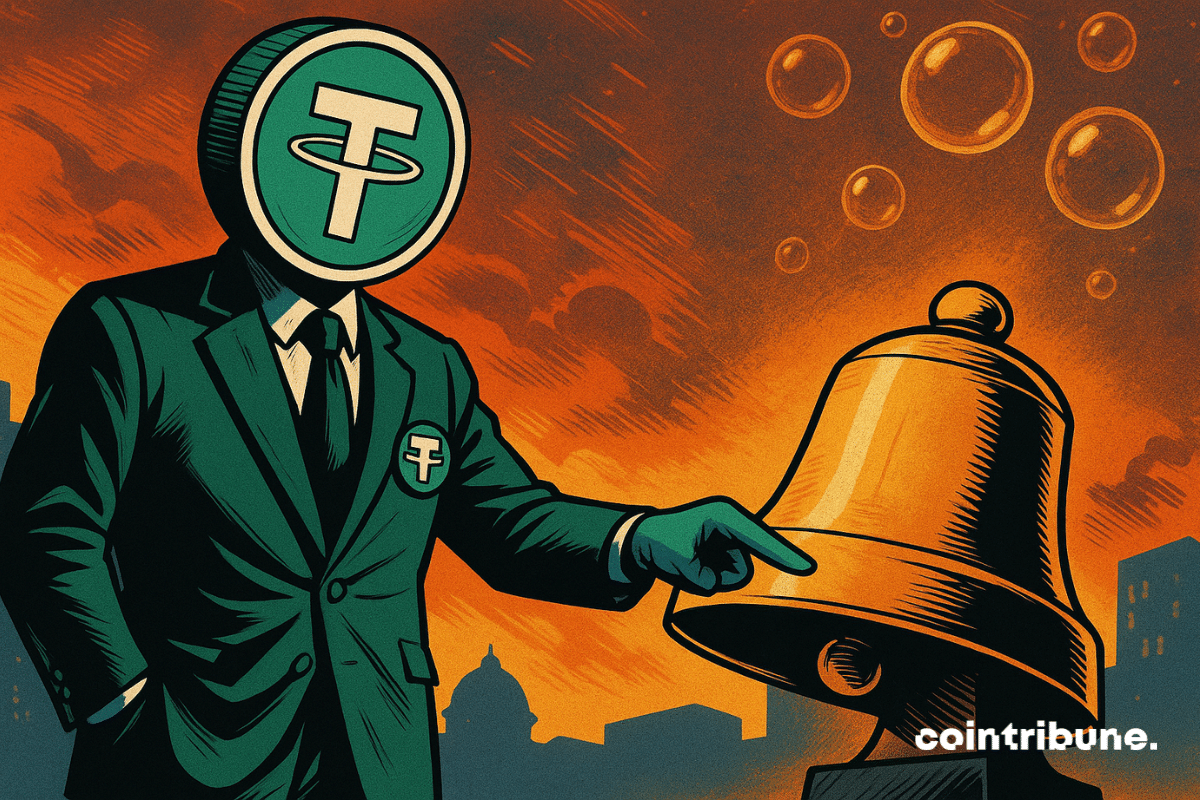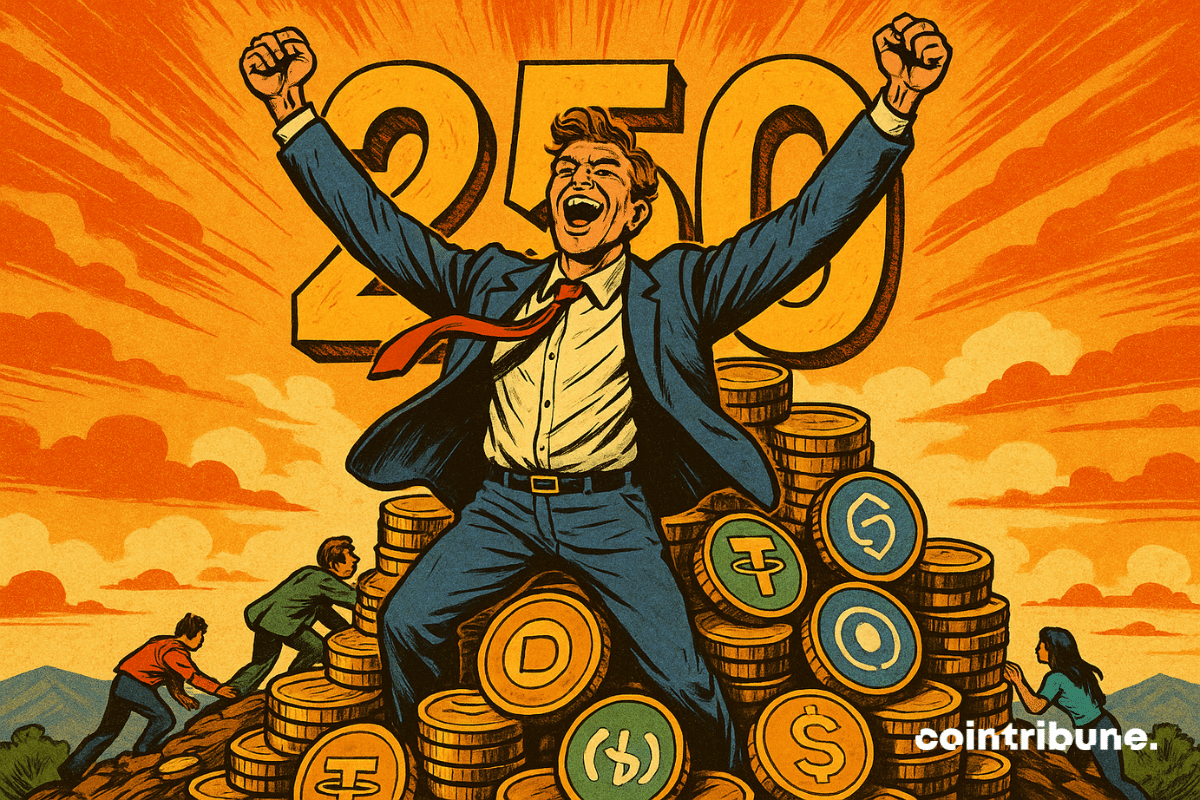Tether, undisputed giant of stablecoins, backtracks on a decision that shook the crypto ecosystem in July. While it planned to end support for USDT on five historic blockchains, the issuer ultimately grants an unexpected reprieve to its users. Why this reversal, and what does it reveal about Tether's strategy in the face of regulatory challenges and competition?
Tether (USDT)
Paybis announced a major enhancement to its platform, making it easier for users worldwide to buy USDT through a broader and faster range of payment methods. With these updates, Paybis offers users an easier way to access and use stablecoins worldwide.
The announcement of the launch of mUSD, Metamask's native stablecoin, marks a strategic milestone for the crypto ecosystem. Indeed, by partnering with Bridge, a Stripe subsidiary, and the decentralized infrastructure M0, Metamask is not just adding a feature: it is reshaping the contours of decentralized finance as we know it.
Federal Reserve Governor Christopher Waller has urged key personalities within the U.S. financial space to approach DeFi and stablecoins without fear. Waller believes that the crypto sector is here to stay and will continue to drive advancement in the U.S. payments system.
Bo Hines, former White House Crypto Council director, joins Tether to lead U.S. digital asset strategy and drive stablecoin expansion.
The stablecoin market has just passed another historic milestone with a total capitalization of 273 billion dollars. Tether consolidates its overwhelming dominance with 165 billion dollars, more than 60% of this booming sector.
The T3 Financial Crime Unit, a coalition between Tron, Tether, and TRM Labs, is expanding its reach by bringing Binance on board as its first T3+ partner, aiming to combat an increasingly fast-paced wave of crypto hacks. Since launching in September 2024, the unit has frozen more than $250 million in illicit crypto assets, more than double the $100 million reported in its first six months. The group works alongside law enforcement agencies worldwide to disrupt money laundering, investment fraud, blackmail, terrorism financing, and other blockchain-based crimes.
The idea of paying for vacations in crypto, once marginal, is becoming established in the European landscape. A recent survey conducted by Bitget, an exchange platform and major Web3 player, highlights a strong trend: crypto is attracting more and more travelers despite technical and regulatory obstacles. And the numbers speak for themselves.
Digital assets have transcended the corridors of financing, entering the realm of space exploration. In a recent update, Jeff Bezos’s Blue Origin has joined forces with American firm Shift4 Payments to offer crypto payment services for expeditions to outer space.
Rumble is exploring a $1.17 billion deal for Northern Data to strengthen its position in the global AI cloud market.
The future of stablecoins is taking shape in this colorful and often unpredictable world of cryptos. Records are breaking one after another, driven by massive adoption and piling innovations. And while some see it as a simple fad, others bet that this wave will not stop anytime soon. The numbers speak for themselves... and they have rarely been so eloquent.
In 2024, salaries paid in crypto have tripled, marking a decisive turning point in the digital work landscape. Nearly 10% of professionals in the sector are now paid in stablecoins, notably USDC. This is a sign that crypto is establishing itself as a reliable, structured payment method, increasingly recognized by institutions.
Tether reaches a historic milestone by surpassing South Korea in Treasury bonds. Crypto no longer just exists; it now asserts itself in the most strategic economic spheres.
While some tighten their belts, Tether stacks billions in Treasury bonds. Crypto miracle or well-oiled cash machine? You be the judge, numbers to support.
Tether Gold redefines safe haven by merging real gold and crypto technology. Between rarity, security, and global accessibility, XAUt asserts itself.
Just one week after the U.S. passed its first comprehensive crypto legislation, the stablecoin market has added over $4 billion in fresh supply entering circulation. The newly signed GENIUS Act is already changing the sector. By providing a federal framework for fiat-backed stablecoins, it gives banks, asset managers, and fintech startups a regulatory greenlight. It allows for new capital, new players, and a clear path forward for tokenized dollars.
Tether, once allergic to regulation, now bows to Washington. Opportunism? Late awakening? Crypto is opening a highway... but watch out for the toll!
Tether is doing well with 160 billion USDT, but beneath the stablecoin surface, audits are glaringly absent... and American senators are sharpening their legislative blades.
Tether is taking down its posters of abandoned blockchains to better align with crypto stars: while some lament Omni, others are already celebrating on Ethereum and Tron.
Ethereum is stumbling, ETFs are exploding, big holders are accumulating, and retail is asleep. What if Ethereum's crypto is quietly preparing for a major upheaval? Here's a behind-the-scenes look.
Will crypto replace banks for AI? The radical hypothesis of Tether is becoming clearer. The details in this article!
Tether is ramping up its Bitcoin mining plans, aiming to become the industry's biggest player by year-end.
While Americans pamper stablecoins, the Bank of France bares its teeth: crypto, dollar, and sovereignty do not mix well for the guardians of the monetary temple.
While Trump rakes in millions in home tokens, the Senate blesses stablecoins. New digital dollar or old electoral trick? A deep dive into the American crypto theater.
Bukele treats bitcoins like one treats croissants, defiantly challenging the IMF with flair and playing accounting hide-and-seek while promising mountains and wonders to skeptical Salvadorans.
As the crypto market desperately seeks direction, the U.S. Senate is set to lay the groundwork for a legal framework for stablecoins. The vote on June 17 could very well reshuffle the deck for both institutions and digital giants.
Polkadot wants to trade its tokens for bitcoin in the midst of a cryptocurrency storm. A bold maneuver that shakes purists... and makes lurking maximalists smile.
Tether is set to open-source its Bitcoin Mining OS (MOS) by the fourth quarter of 2025. The move aims to make Bitcoin mining more accessible by allowing smaller operators to manage their own mining systems without relying on external software or services.
Yesterday, Paolo Ardoino, CEO of Tether, spoke directly on X (formerly Twitter) to respond to speculation about a potential IPO. Despite a theoretical valuation estimated at 515 billion dollars, he dismissed the rumors, stating that Tether has no intention of going public.
No need for an IPO for Tether: while others seek funding, USDT prints its way. A cryptocurrency that breathes loud, very loud... but always behind closed doors.

